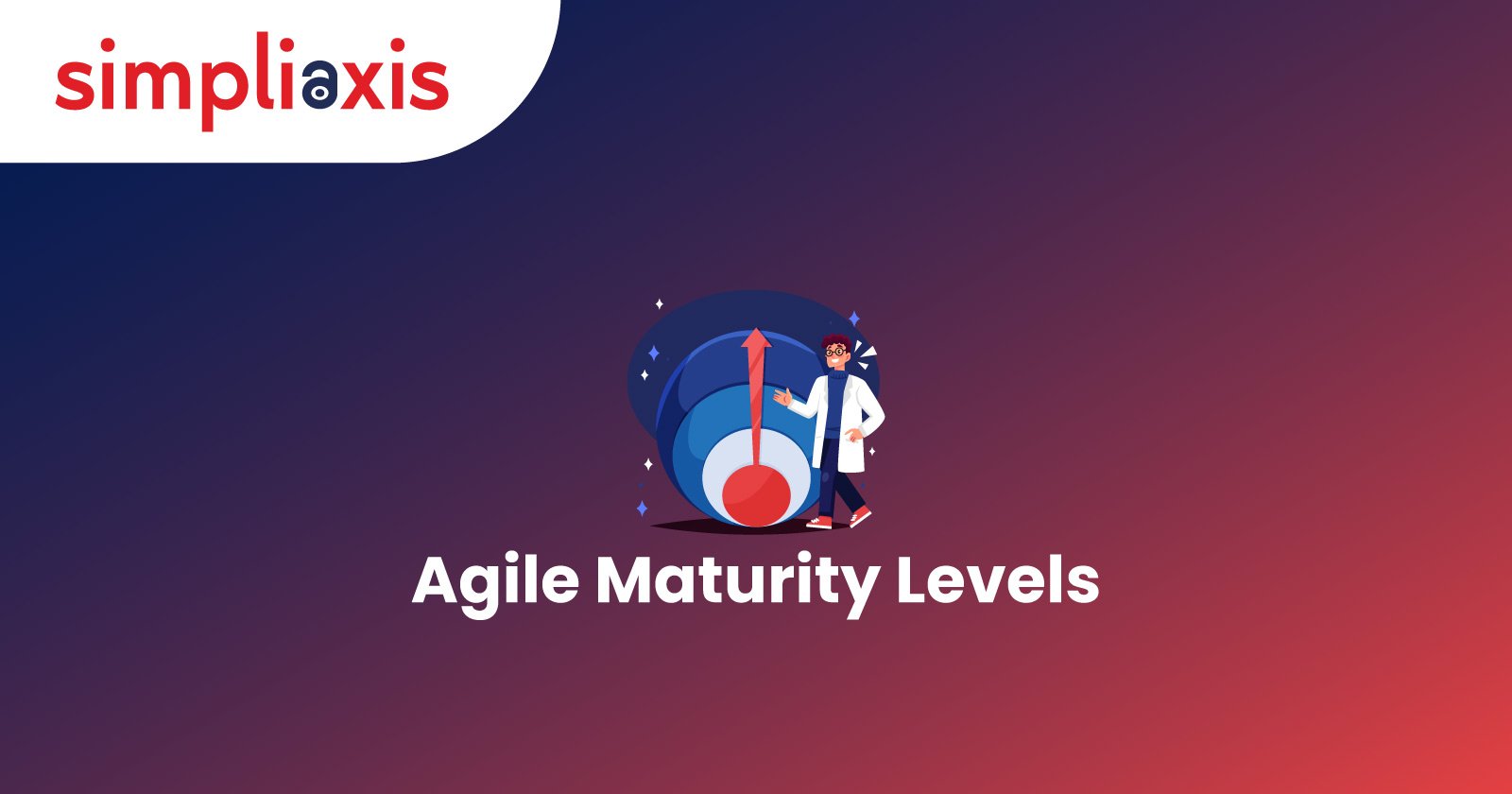The maturity of an organization is a way of evaluating how a company adapts to its surroundings, acquires knowledge, and improves its economic and/or social yield, all with high effects, in comparison to the organization concurrent in its activity.
However, measuring the success of your Agile initiatives can be tricky, especially when it comes to determining their alignment with business goals. Do not worry because this article will explain how to measure Agile maturity and what each level means. Just continue reading!
How to Measure Agile Maturity ?
There are different ways and methods of measuring Agile maturity, but we will explain the one we think will be the best one for you next. Scrum Manager offers us a way through Scrum Level.
Scrum Level allows us to evaluate Agility from the Operational and Organizational point of view (called Facets). Not all organizations can streamline these two facets, either because they do not have products that can be developed in phases or because the company does not want or is not prepared to make organizational changes.
Therefore, to begin with, it is important to know what type of organization we are working on and the reason for the transformation:
- For early and continuous delivery of value
- To promote the creation of value based on people and their motivation
- To scale Agility
The type of organization in which we are working, the reason for the transformation plus the knowledge we may have of the degree of involvement of management will indicate if we can evaluate both facets or only one of them. The two facets have been divided into dimensions that can be assessed separately, making the options that the evaluator has more flexible and enhancing:
- Operational Facet:
- Technical dimension
- Organizational Facet:
- Structural dimension
- Cultural dimension
For the Technical dimension, we will evaluate the principles and practices given by the Scrum Level v3.1.1 guide:
- Value delivery
- Sharing and comprehending the client’s vision
b) Collaboration between client and team
c) Variability
2. Continuous improvement
- Continues improvement of practices
3. Iterative and incremental development
- Booting from a viable minimum
- Integration points with feedback analysis to resolve and clear progress
- Milestones based on the objective evaluation of parts of the system functioning
4. Sustainable working rhythm
- Maintenance of a continuous and optimal production flow
- Approach
5. Continuous attention to excellence
- Use of techniques to guarantee quality
6. Visible operation
- Early identification of impairments
- Information regarding shared development
7. Global cadence and synchronization
- Predictability of meetings based on development cadence
- Predictability of increments and integrations
8. People about processes
- People apply high technical knowledge in their performance
- People apply the social skills necessary for their performance
For the Cultural dimension, we will evaluate the values and behaviors given by the Scrum Level v3.1.1 Guide
- Assertiveness
- Courage
- Respect
2. Talent valuation
- Incorporation and development
- Retention
- Professional development
3. Clarity
- Transparency
- Honesty
4. Confidence
- Secure environment
- Confidence
For the Structural dimension, we will evaluate the values and behaviors based on Scrum Level v3.1.1: Guide
- Assertiveness
- Self- organization
- Horizontality
2. Talent rating
- Known and shared purpose
- Value-driven decisions
Each of these practices and behaviors will be evaluated through a team of carefully selected people where we can ensure that we collect the greatest possible variability of views.
The range of values will be between 0 to 3 with some exceptions duly explained in the guide.
Once each practice and behavior has been evaluated, it will be necessary to make a simple calculation (arithmetically) at the level of principle or value and then at the level of dimension. In this way, we will obtain the degree of Agility of each dimension of the company or area evaluated.
Five Levels Of Agile Maturity
There are five levels of Agile maturity. The more advanced it is, the better the overall results, and the lower the probability that mistakes will result in losses in the degree of excellence or use of resources.
These are the five levels of Agile maturity:
1. Integration
- This is also called the first level of Agile maturity "initial," even though most of the time, in old companies, it represents the outcome of the company’s culture in accordance with the specialized and departmental organization, the result of the of labor segmentation, mass production, and production lines of the twentieth century. When it comes to other situations, it is the outcome of the beginning as a familiar traditional company or a powerful administration of the founder.
- This phase most commonly has a structure that is in the shape of a hierarchy vertically.
2. Initial processes and control
- This next stage is an organization that plans the elemental processes and sub-processes that eliminate failures, stabilize daily operations, and eliminate problems and unstable periods. In order to accomplish those claims, employees must be engaged from every duty to contribute and distance themselves from forming eventual working groups to doing so in durable teams that have crossed functions.
- As you move forward in this phase, 'unforeseen' events are less common. All activities are under improved vigilance, and common duties are ordinarily performed with consistent processes and few mistakes. The goal is to maintain the improvement of basic procedures in making customs and better patterns.
3. Definition
Once you get to the third phase, it can be understood that the goal is to automate processes by using technological systems intensely based on your already existing knowledge. This automation of all procedures by the use of technological tools frees up resources. It makes the organization less hierarchical in regards to level, which in turn makes it more horizontal.
At this point, it is vital to know if mistakes in the procedures have indeed been excluded so that they are not passed on the automation to the systems.
This stage characterizes that the operational procedures have been reported and assimilated. They can even be automated with new computer systems (ERP, CRM, etc.) that will make obtaining measures and indicators of results easier. Doing so earlier would have caused some troubles, as it would have automated disarray and a lack of repeatability.
4. Simplify and optimize
In this phase, number 4, the yields of each procedure are very easy to predict. The organization is working with operational metrics that aid in figuring out where to become better and adjust. Nevertheless, it is vital to know that it is not about taking standardization to its highest and on top of everything else. The strategy linked to the innovation process is established, which doesn't serve daily operations anymore but is oriented to what's next to come.
It comes down to the flexibility needed to evade bureaucracy to simplify procedures using technologies like "Lean" and "Six Sigma." This is how all procedures get “optimized.”
5. Agility and high performance
There are not many 5th-level organizations. This phase means that they have reached the top in operational excellence but keep on becoming even better, have an effective innovation procedure that yields more chances for the future, and have their own techniques, measures, and signals that lead and excite workers and cross-functional teams with great levels of engagement.
The optimization of processes is what has made them become"Agile", which means that their responsiveness and anticipation are very high, in the top decile of their sector of activity, as well as their payoffs.
Also, check: Building Blocks of Organizational Agility
Conclusion
In conclusion, adopting Simpliaxis as the preferred method for implementing Agile frameworks is strongly advocated for two compelling reasons. Firstly, by leveraging Simpliaxis, you can effectively measure and showcase the progress made in implementing Agile methodologies to your team and company stakeholders. This transparency not only fosters accountability but also instills confidence in the process. Secondly, Simpliaxis offers a comprehensive array of 35 measurement variables, enabling the co-creation of action plans spanning short, medium, and long-term objectives. These measurements are invaluable strategic tools, guiding your company towards optimized agility and sustainable growth.Additionally, Simpliaxis provides Agile courses, further enhancing your team's proficiency in Agile practices and methodologies.



















